Created to resemble the canopy of a large tree, which Burkinabe townspeople gather under, these are the design plans for a new structure to be built in London’s Kensington Gardens this June.
It’s the work of Burkina Faso-born, Berlin based Diébédo Francis Kéré, announced as the Serpentine Gallery’s annual Pavilion designer - the first African architect to do so.
“Growing up in Africa, the tree is the very first gathering space,” he told CNN.
“That is what they use in some region, they use in the countryside as a school, as a meeting point as a political debate point.”
Kéré creates appeal where others find simplicity, preferring economical buildings to lavish skyscrapers.
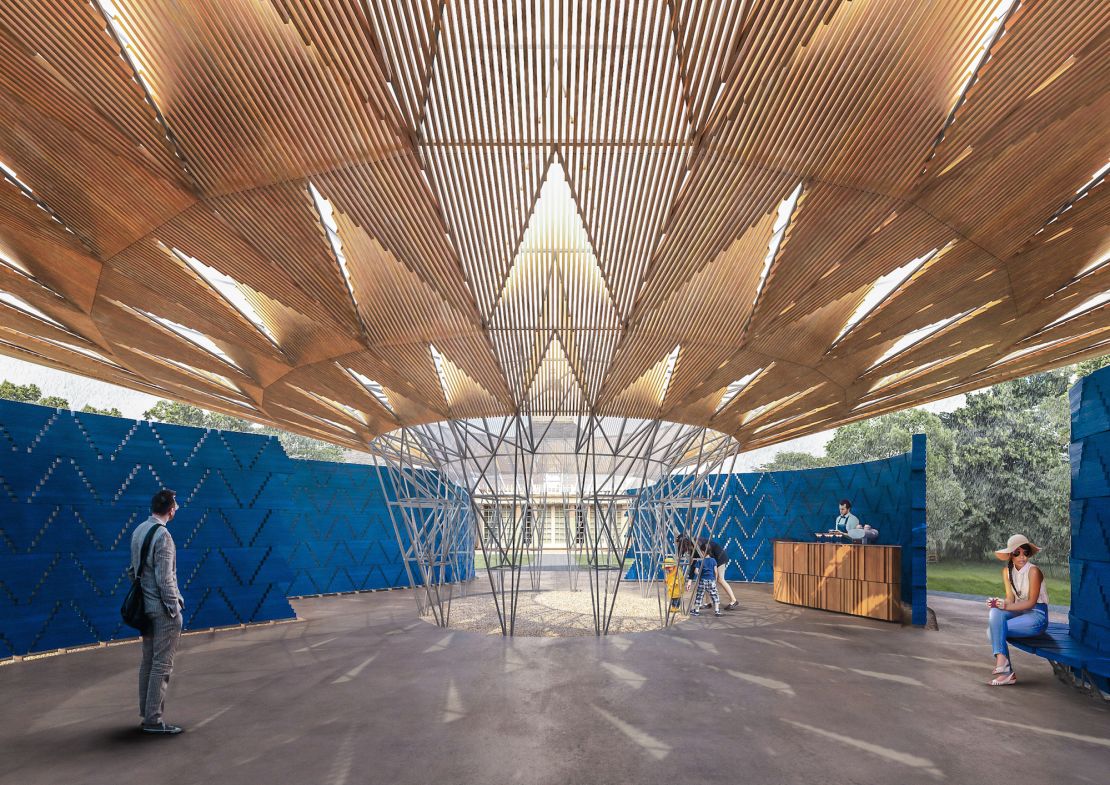
Born and raised in Gando, eastern Burkina Faso, he won a scholarship to study in Berlin where he stayed and established his studio.
He’s spent the past 15 years forcefully changing Africa’s architectural landscape with radically ‘green’ buildings often built pro bono on low cost sustainable materials.
Now, he’s turning his attention to Europe, first with the Pavilion and next year a mobile theater in Berlin.
Entirely constructed from wood, his inspiration for the Pavilion stem from the hot climate of his roots, underpinned with a celebration of British weather.
Rainwater is drained through a central opening in the roof to create a ‘waterfall effect’ before passing under a hidden drainage system.
The curved wood walls of the structure painted in indigo blue mimic the festive clothing worn by Burkinabe youths during celebrations.
“I’ve been working for so long in architecture and now suddenly I have a chance to demonstrate my work in London,” says Kéré. “I was said to myself hey you have to wear your best clothes.”
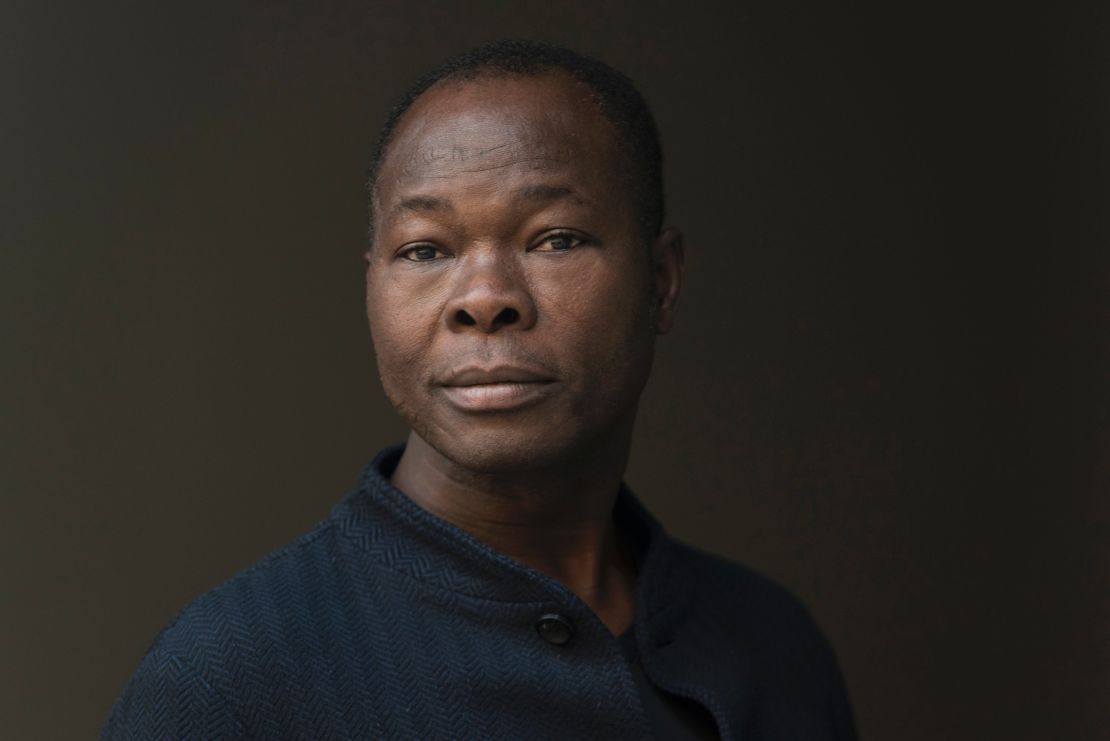
As the first joint Pavilion decision between the Serpentine galleries’ newly appointed CEO Yana Peel and artistic director Hans Ulrich Obrist, both felt a need for a profound deviation from old ways.
“We wanted to build on the history but instantly also create a new phase of invention and experimentation,” Peel told CNN.
“We were very interested in how his practice has evolved over the past few years into being this socially engaged and ecologically engaged practice,” adds Obrist.
“From our very first meeting he was very interested in thinking about the Royal Park and how you link people to nature, and how you provoke a new way for people to connect with each other,” says Orbrist.
Having made a name for himself in London, Kéré will move onto Berlin.
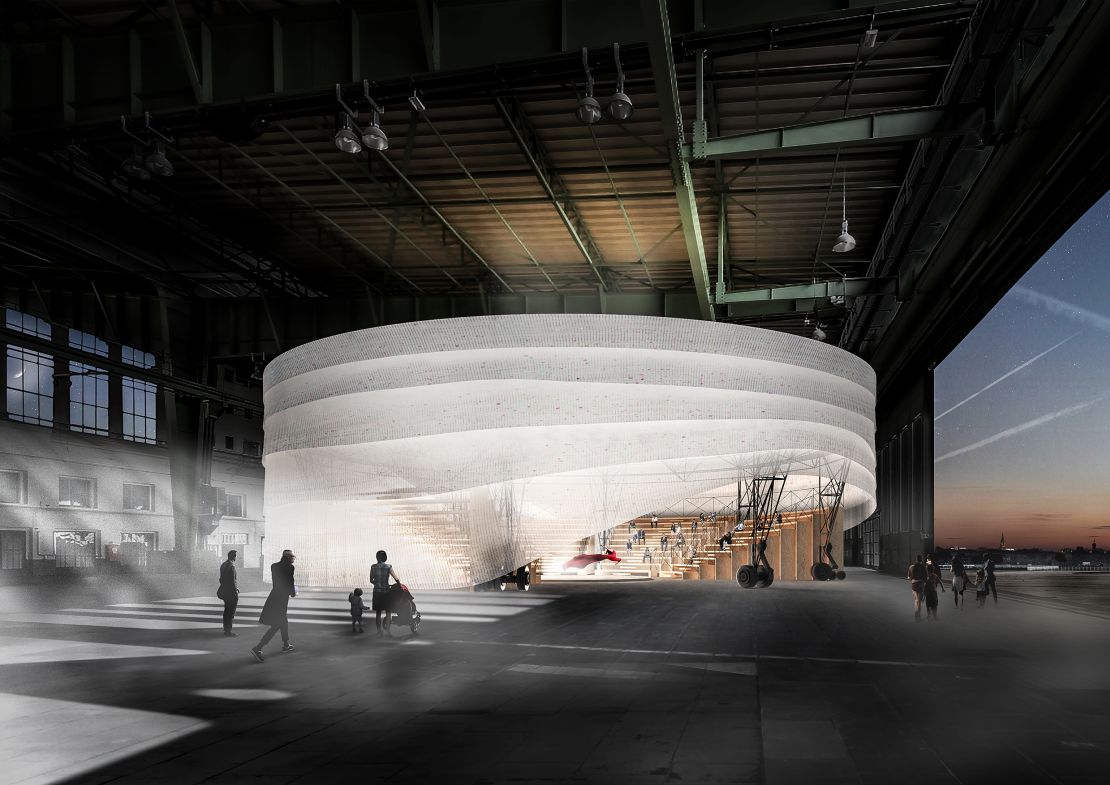
He’s been hired by Chris Dercon, director of the Volksbuhne to create a temporary theater space inside Berlin’s Tempelhof Airport -decommissioned in 2008.
The former director of London’s Tate Modern told CNN he was “fascinated” by the architect’s ongoing colossal Opera Village in Burkina Faso’s capital Ouagadougou.
Commissioned by the late German theater and film director Christoph Schlingensief, Opera Village combines a first class culture venue enveloped within green energy housing, classrooms, and a medical facility.
When it comes to Tempelhof, Kéré will assemble an interdisciplinary team made up of native and what he refers to as “new coming Berliners” in building the theater – a nod to Germany’s refugee policy.
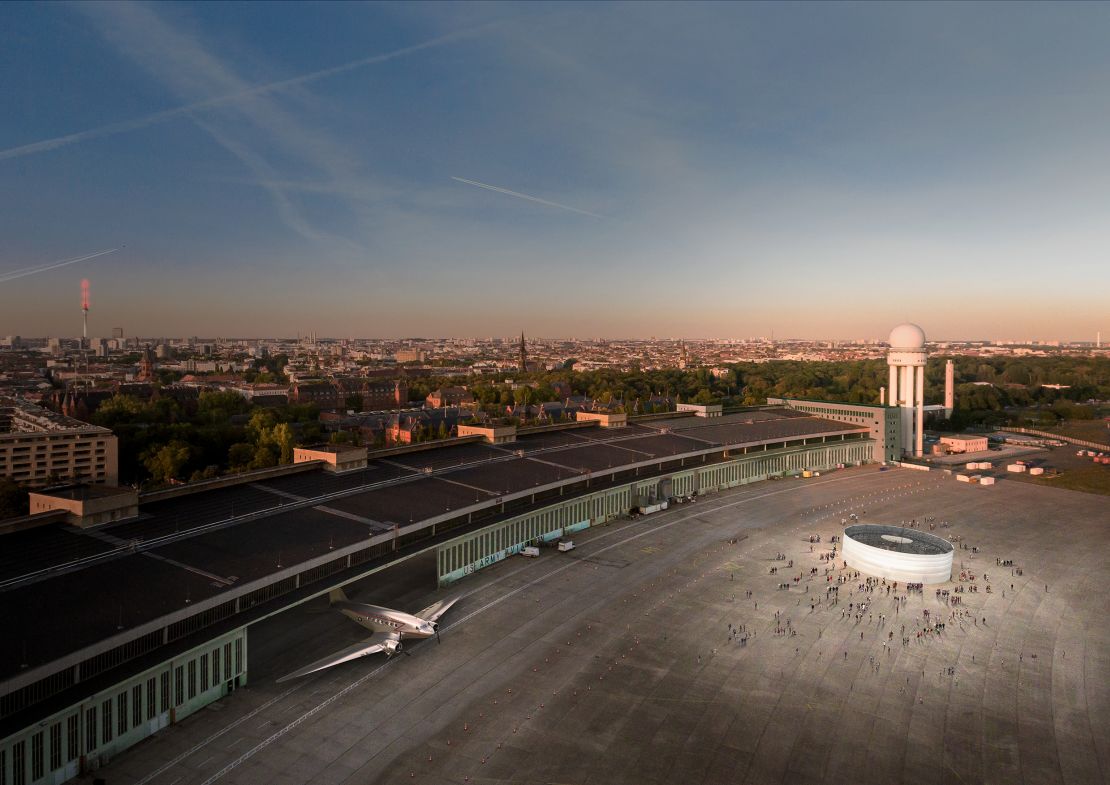
“The idea we had was why don’t we create a theater that you can roll out from the hanger and if you do so, you open it to a wider audience,” says Kéré.
Dercon sees the satellite theatre as a way of “connecting different institutions but also fostering collaborations between people and this is easily executed by Kéré and the way he works.”
At 51, the architect is gearing up to take on his most ambitious project yet, rebuilding Burkina Faso’s parliament - burnt during a 2014 uprising that ended 31 years of dictatorial rule.
It’s still in its planning stages but the architect sees the new building as a way of unifying a once divided nation.
“I want citizens to take ownership of the building,” says Kéré. His vision is of a sloped garden roof that will provide the public with learning on agriculture, which is around 90% of the country’s employment.
“In Africa what we usually have is a place where people put high walls in a plot of land with lots of security … if you want democracy you have to start at the beginning with an open accessible structure.”
Francis Kéré's green projects in Burkina Faso
Many of Kéré’s creative rigor, especially within Africa is driven by childhood experience. Take his first project, a primary school in his hometown, built while still a student in Berlin.
“I went to school sitting in classrooms with just a few windows so there was very little light, and a low roof so it was hot and I wanted to make things better,” he says.
The architect combined local custom of neighbors working as a community to build and repair homes, but enhanced this with knowledge of local materials that would shield the elements.
“I wanted to create a structure that is solid and that would last longer but also embrace and inspire people,” explains Kéré.
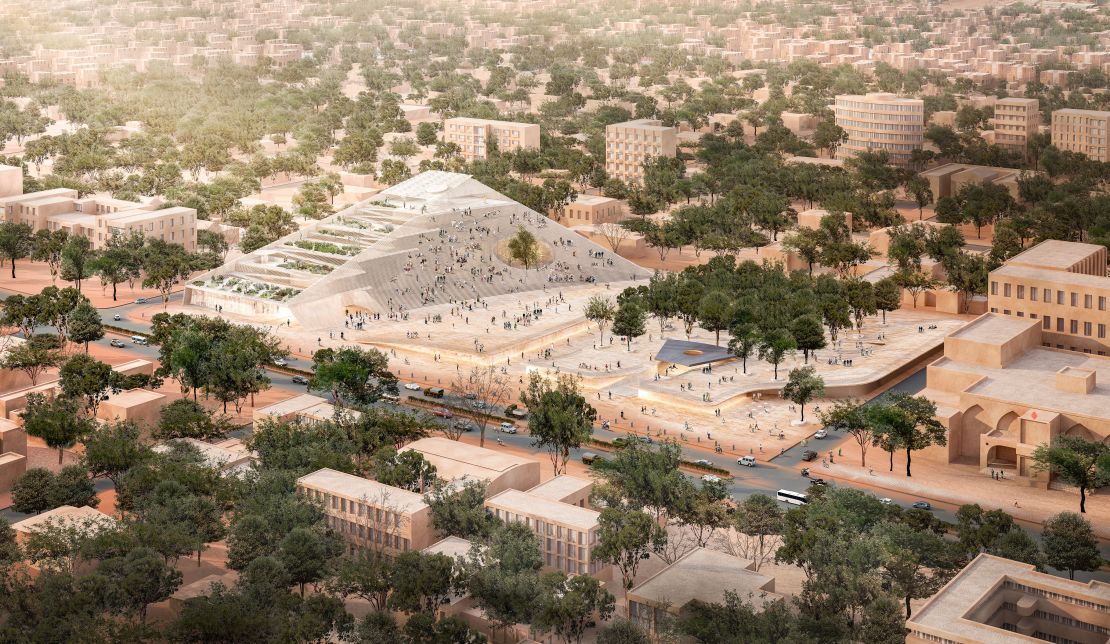
He used cheap clay bricks together with a raised roof supported by light steel bars and a perforated dry stacked brick ceiling for greater air circulation.
Prudently created on a budget of less than $30,000 it earned him the prestigious Aga Khan Award for Architecture in 2004 and further extensions to the school bagged the 2009 Global Award for Sustainable Architecture.
Kéré still describes the projects as one of his most “passionate” achievement.
“You can imagine the sleepless nights I had. Me standing in front of my community as a green eared younger member saying I have a way to do things different,” he recalls.
While big, lavish architecture will still continue to attract corporate awe, the architect aims to stay grounded in his believe of “simple” architecture created “for the people.”
The Serpentine Pavilion 2017 opens to the public on June 23, in London, Kensington Gardens




![Wrapping around the Lycée Schorge to offer natural shading is a system of screens cut from fast-growing wood. "It can be 40 degrees in the summer [in Burkina Faso] which lasts eight months," says Kéré.<br /><br />Desert conditions within rural Burkina Faso is taken into account within the architect's daring design with young trees planted as "a barrier against the Sahara winds."](https://media.cnn.com/api/v1/images/stellar/prod/170217145837-francis-kere.jpg?q=w_2567,h_1711,x_0,y_0,c_fill/h_447)






